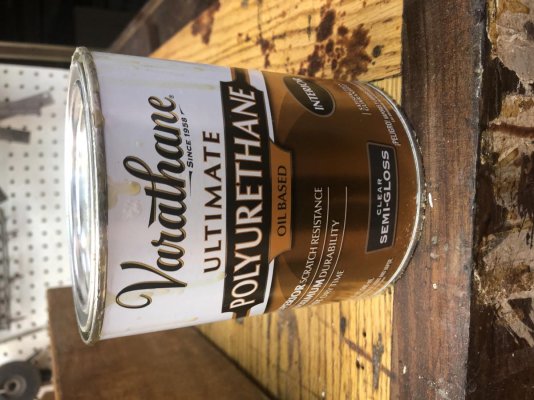WayneDana2
Senior Member
- Joined
- Feb 15, 2019
- Messages
- 148
- Location
- USA
- Vessel Name
- Serendipity
- Vessel Make
- 1977 37' Puget Trawler
Spent today with a heat gun as a first day at renewing the finish on the teak parquet cabin sole. Kinda a pain to try and scrape in 2 different directions. I was wondering if anyone had done this job and if so, what did you use to strip it. Just sand? Chemical stripper? Heat gun?
Whatever the original finish was, it sure resists being scraped even after being heated to the bubbling point.
After stripping a test patch, sanding didn't go well either as the surface isn't very level. Lots of minor cupping and gouges is making sanding a huge job.
Whatever, it looks like it will still be a huge job, just wondered if anyone had found something that worked well for them?
Whatever the original finish was, it sure resists being scraped even after being heated to the bubbling point.
After stripping a test patch, sanding didn't go well either as the surface isn't very level. Lots of minor cupping and gouges is making sanding a huge job.
Whatever, it looks like it will still be a huge job, just wondered if anyone had found something that worked well for them?

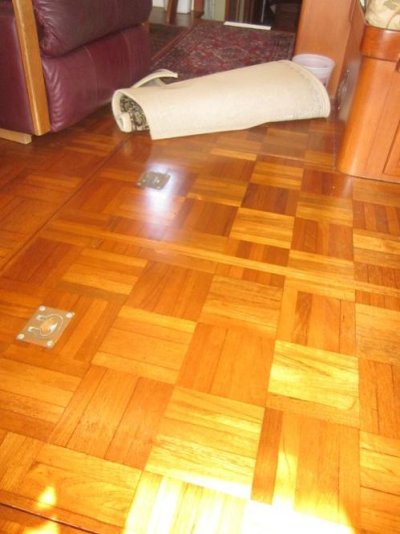
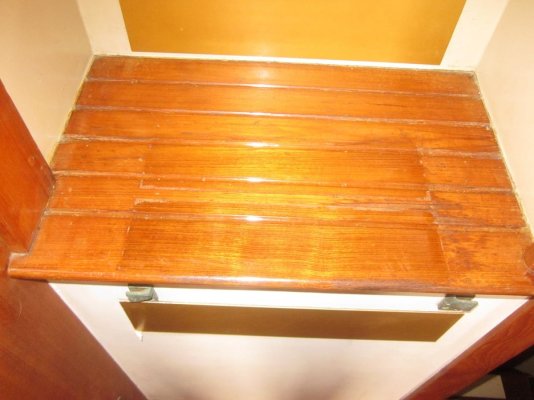
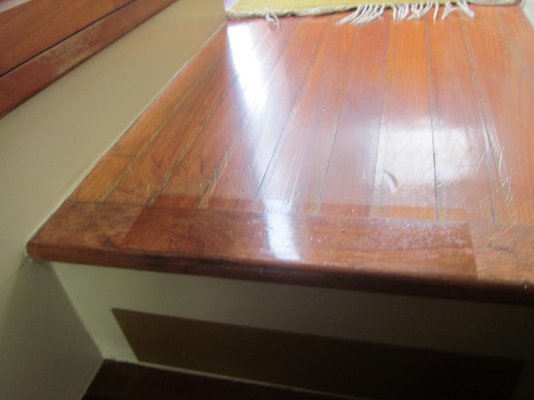

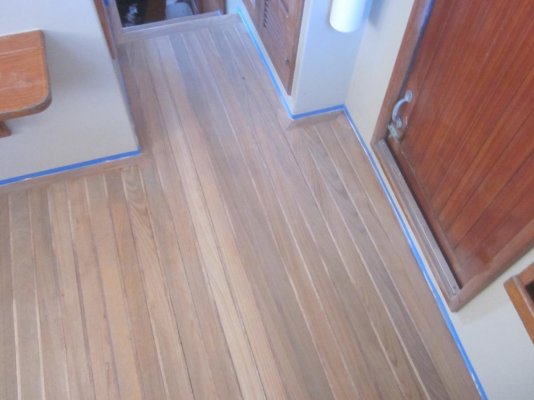
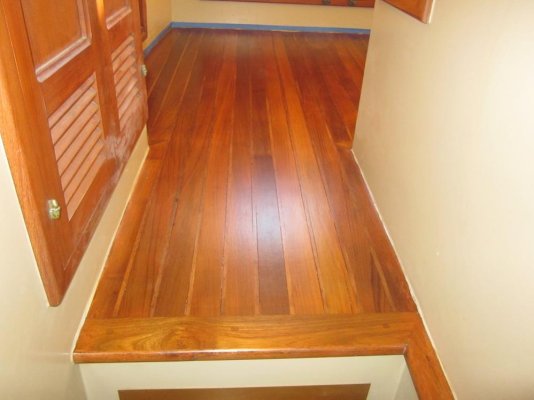
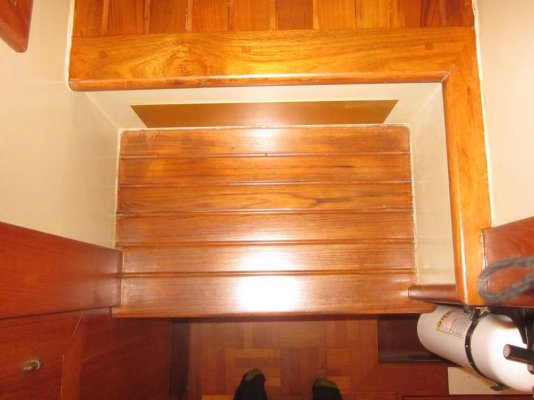
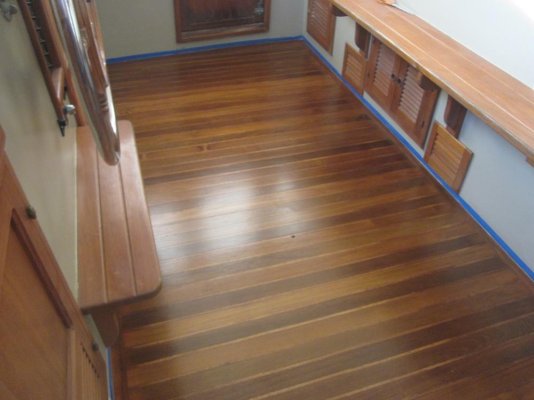
![771329[1] (2).jpg](/data/attachments/88/88544-57952160a962cbd6abfb398de0778c85.jpg)
